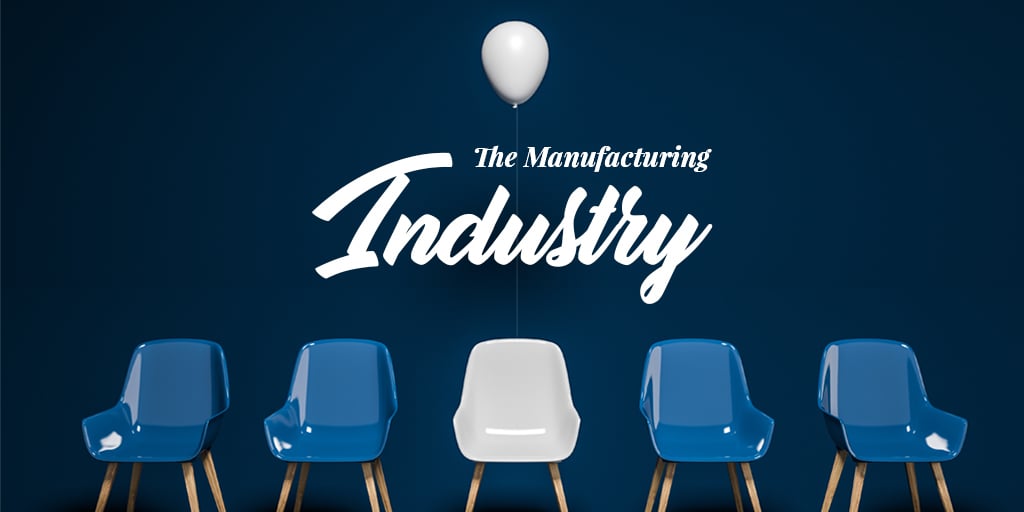According to the US Bureau of Labor Statistics, nearly four million American workers recently left their jobs voluntarily, many of whom were hourly workers. With the cost of losing an employee rising to approximately $3,500, the turnover is hurting business productivity, team morale, and the bottom line.
The key to reducing high churn is creating an environment where employees are engaged in their work and feel like they’re able to contribute in a meaningful way to the business. It helps employees get involved in, committed to, and enthusiastic about their work, which makes them happy, content, and productive. Striving for full employee engagement is a challenging task, but it’s well worth the effort.
Here are five steps to help you keep—and attract more—good hourly employees:
1. Have Empathy, Lead with Heart
One of the main reasons hourly employees leave a company is because of their manager or supervisor. Leaders are the first touchpoint for keeping good employees and reducing turnover, which is why how they treat employees is key. According to Harvard Business Review, 85% of HR leaders agree that it’s more important now for managers to demonstrate empathy than it was before the Covid-19 pandemic. The best managers will make an effort to get to know their employees, which, as a result, will improve engagement.
Encourage your managers to approach all employee conversations and interactions with empathy. At the end of the day, what this boils down to is being sensitive and understanding of your employees. For example, responding to an employee’s concern in a timely manner is one way to show empathy, that you take their concern seriously.
Businesses should also train managers to lead with heart. This means that supervisors should treat employees as fellow equals, showing empathy when needed and providing direction and guidance. Managers should also focus on an employee’s strengths rather than weaknesses.
It’s also important to be sensitive to multilingual hourly employees. For more information on how to engage your multilingual employees, check out these helpful strategies.
2. Get Creative with Benefits
There are a few common benefits that many businesses use as incentives to attract hourly employees. These lists of benefits may seem exhaustive, but with a little creativity, you can customize yours to stand out from the competition. For example, you can empower employees to pick up a new, cross-functional skill or give them the flexibility to break up the day-to-day routine. Both go a long way towards increasing engagement. Additionally, offering opportunities for employees to work on the weekend or different shifts, either for regular pay or overtime, provides some variety in the work and offers insight into the functions of the business.
Other examples of benefits include allowing employees to paint their own parking space, buying small tokens of appreciation like gift cards to their favorite restaurant, car detailing, books, sporting events, concerts, or massages. And, of course, you can go bigger. Starbucks offers special perks, including $10,000 in reimbursement for adoption, surrogacy, or fertility procedures and 100% of tuition reimbursement for a bachelor’s degree through Arizona State University’s online program.
Remember, creative benefits are not about the monetary value. Rather, they show the company’s appreciation for the employee. For more ideas on benefits that will help you keep your best employees, check out these helpful ideas.
3. Provide a Flexible Schedule
Millennials today value flexibility in their work schedule. Since 36% of the restaurant workforce is made up of millennials, it’s in your best interest to consider providing flexible work schedules to meet their needs (and yours).
Some hourly employees enjoy following a routine, working the same hours on the same days so they can plan their off days. Others, however, need the flexibility to meet other demands and responsibilities: school, family, appointments, etc. Employers that can adapt and cater to the needs of their employees in a reasonable manner stand a better chance at keeping the good employees from leaving. Businesses can consider using scheduling apps to organize shifts such as ZoomShift, When I Work or 7Shifts to allow for advance notice of the shifts changes so everyone involved can plan the rest of their schedules accordingly.
4. Pave the Way for Future Endeavors
Often, hourly workers use their job as a foundation to build towards the future of their dreams. When interviewing candidates, hiring managers should show their candidates how a job with them can allow them to reach their goals. Even if they decide to not stay in the same company or industry for long, the candidate/employee will remember the guidance they were given. Offer to send your employees to seminars or courses that will develop their skills that align with their career goals.
5. Seek Feedback
Finally, seek feedback from your hourly employees. This helps them feel included in the business and gives you insights and ideas that you may have failed to consider. Hourly employees are often on the front line and experience things that the office doesn't hear about. Having a suggestion box is a good start. Businesses can also consider organizing regular in-person or virtual meetings with their employees to gather feedback.
Keep the Good Ones
Because you work hard to source, screen, hire, and onboard good employees, you don't want to see them leave quickly. Qualtrics found that the average time hourly employees stay with the business is around two years. To rise above the average, businesses can apply the five steps above and work towards a higher retention rate.





